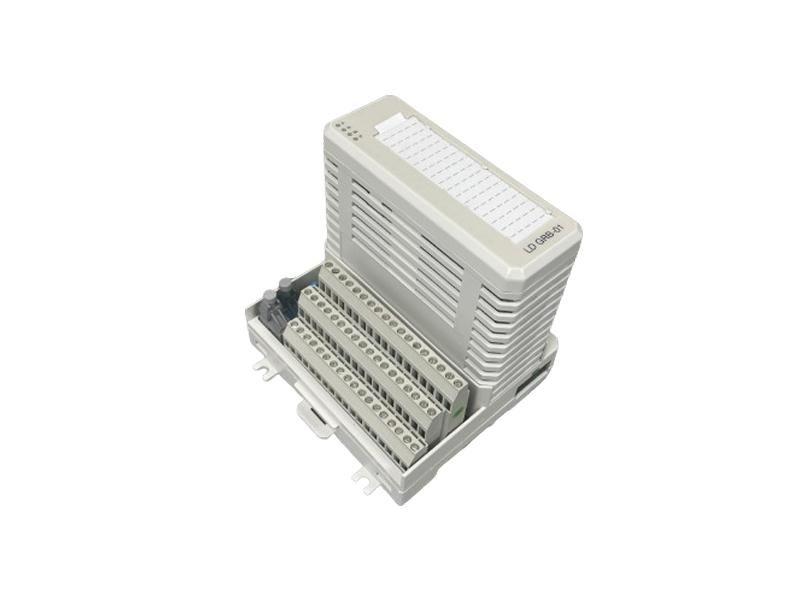ABB LDGRB-01 Highly functional controller module
ABB LDGRB-01 Highly functional controller module
General Information
Model: LDGRB-01
Brand: ABB, a world-renowned manufacturer in the fields of electrification, automation, and robotics
Type: Controller module, designed to play a key role in industrial automation control systems
Technical Characteristics
Processing Power: It is equipped with a high-performance processor, enabling it to handle complex control algorithms and real-time tasks with ease1.
Memory Capacity: Comes with a large amount of memory and storage space, which can store and process a large number of programs and data1.
Multitasking Capability: Capable of handling multiple tasks simultaneously, improving the system’s response speed and operational efficiency1.
Communication Interfaces: Usually has multiple communication interfaces such as Modbus and Profibus, facilitating data exchange and communication with other devices, sensors, actuators and monitoring systems3.
Digital Input and Output: Equipped with digital input channels to receive external signals or triggering conditions. It also has multiple relay outputs for controlling various loads like motors, valves and lights3.
Programmability: Supports standard programming languages such as LD, STL and FBD, allowing users to customize it to execute specific control logic and tasks2.
Self-diagnosis: Has a self-diagnosis function to detect faults and generate alarms, helping maintenance personnel quickly locate and solve problems2.
Applications
Power Industry: It is used in power generation, transmission and distribution systems to control equipment such as generators, transformers and circuit breakers, ensuring the stable operation of the power grid.
Petroleum and Chemical Industry: In petroleum exploration, refining and chemical production processes, it is used to control the operation of pumps, compressors, reactors and other equipment, as well as to monitor and adjust process parameters such as temperature, pressure and flow.
Metallurgical Industry: Applied in steelmaking, smelting and other processes to control the operation of furnaces, rolling mills and other equipment, and to improve product quality and production efficiency.
Water Treatment Industry: Used in water supply and sewage treatment plants to control the operation of pumps, valves and water treatment equipment, and to achieve the automation of water treatment processes.
Textile, Paper and Other Industries: In textile mills and paper mills, it is used to control production equipment such as spinning machines, looms and paper machines to realize process automation and quality control.
Precautions for Use
Installation Environment: It should be installed in a dry, well – ventilated, dust – free, and non – corrosive gas environment. Avoid installing it in places with high temperature, high humidity, vibration, or strong electromagnetic interference.
Wiring Specifications: Wire strictly in accordance with the specifications and requirements of the terminal strip to ensure that the wires are firmly connected and avoid problems such as loose connections or short – circuits.
Load Matching: Select an appropriate power terminal strip according to the power and current requirements of the connected devices to ensure that it can bear the corresponding load.
Regular Maintenance: Regularly inspect and maintain the power terminal strip, clean dust and debris, check for loose connections, and promptly detect and address potential problems.



